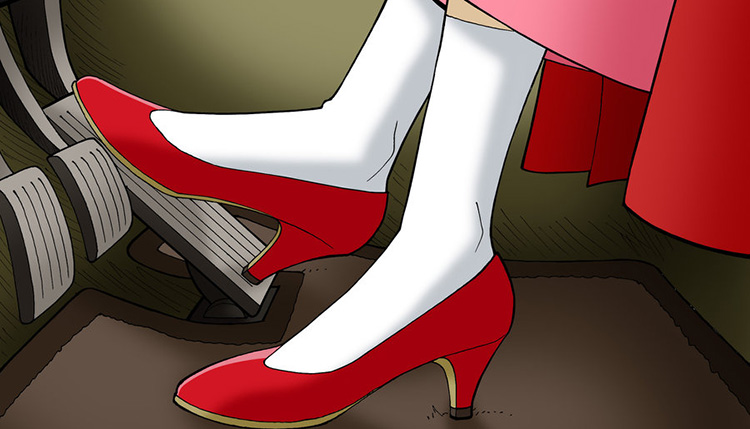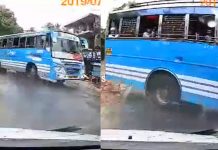Clutch, How does it work?
Have you ever wondered what is happening inside a car when you press the clutch pedal? Or why do you need to press the clutch pedal before you shift gears in a manual transmission car? This video gives you logical answers to these questions. At the end of the video, we will also understand the crucial role played by the clutch in an uphill start.
A clutch is a mechanical device which engages and disengages power transmission especially from driving shaft to driven shaft.
In the simplest application, clutches connect and disconnect two rotating shafts (drive shafts or line shafts). In these devices, one shaft is typically attached to an engine or other power unit (the driving member) while the other shaft (the driven member) provides output power for work. While typically the motions involved are rotary, linear clutches are also possible.
In a torque-controlled drill, for instance, one shaft is driven by a motor and the other drives a drill chuck. The clutch connects the two shafts so they may be locked together and spin at the same speed (engaged), locked together but spinning at different speeds (slipping), or unlocked and spinning at different speeds (disengaged).

The vast majority of clutches ultimately rely on frictional forces for their operation. The purpose of friction clutches is to connect a moving member to another that is moving at a different speed or stationary, often to synchronize the speeds, and/or to transmit power. Usually, as little slippage (difference in speeds) as possible between the two members is desired.



















